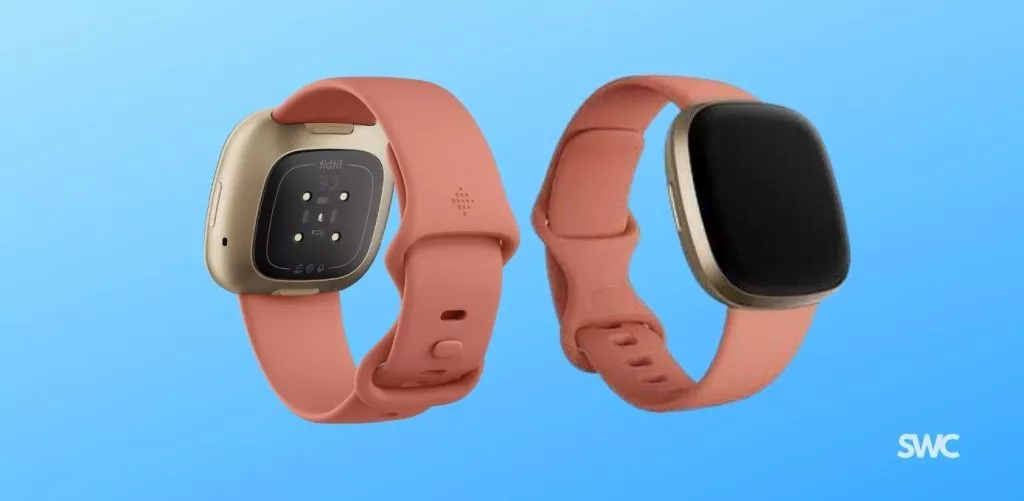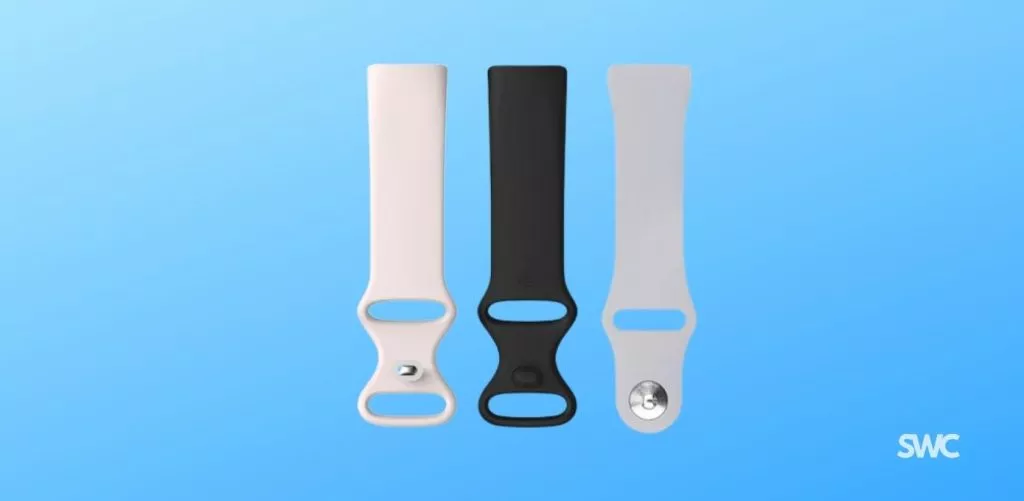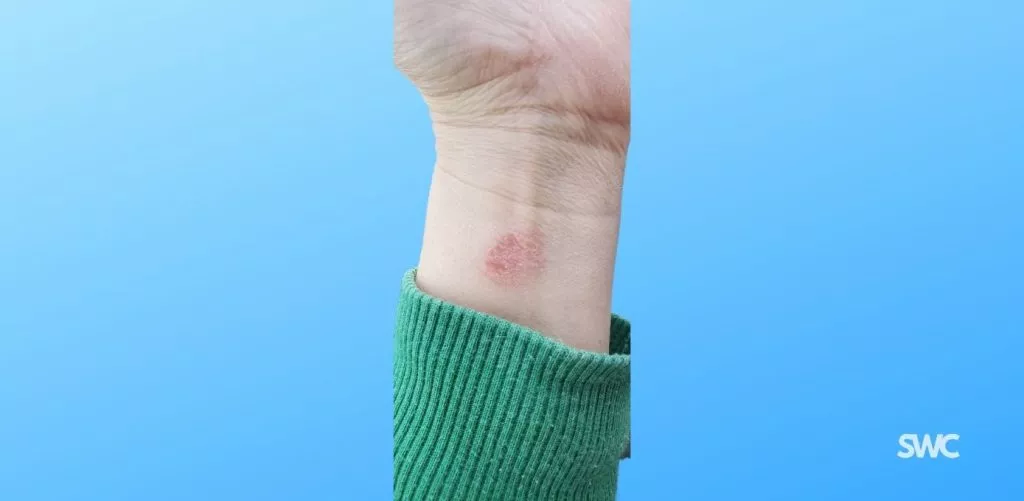Nickel is a common metal used in many everyday objects, including jewelry, watches, and electronic devices. That list also includes Fitbit devices.
If you have a history of metal allergic reactions or have nickel sensitivity, it is normal to view Fitbit devices with a nickel-specific lens.
After all, who wants to invest $300 in a Fitbit watch and get skin irritation, redness, and rash in return?
I can understand your concerns about Fitbit Nickel Allergy and have therefore decided to share my research on the matter.
Table of Contents
Fitbit Force Recall: A Fiasco

In 2014, Fitbit acknowledged for the very first time that its product may be causing skin irritation and allergies in some users, leading to a recall of the Fitbit Force.
Though it was not explicitly mentioned, the Fitbit Force fitness tracker was believed to contain nickel. Users who had similar reactions in the past confirmed this. But how did they distinguish?
Nickel allergic contact dermatitis (NACD) is the overreaction of our immune system to the intake of nickel. It leads to symptoms such as redness, itching, and inflammation, but the interesting part is, it is a delayed hypersensitivity reaction. That means its symptoms may not appear until after 24 to 48 hours of exposure to nickel.
Anyways, there were around 10,000 reports of skin irritation, along with approximately 250 reports of blistering.
As a result, Fitbit issued a voluntary recall of the device and offered refunds to affected customers.
Since then, Fitbit has taken significant measures to reduce the risk of skin irritation and allergies in its products.
Its latest devices are usually built from hypoallergenic materials and pass through rigorous testing to ensure compliance with regulatory requirements. Last time I checked, the amount of nickel in Fitbit devices is compliant with European Union Nickel Directive.
Is there a Nickel-Free Fitbit?

Modern Fitbit Fitness trackers and watches including products from popular series like Charge, Sense, Versa, and Luxe, have usually a plastic build. However, there are a few components that have nickel in them.
Take for instance the anodized aluminum buckle or gold charging terminals found on almost all Fitbit devices. Or the metals like stainless steel, and aluminum in premium watches like Sense.
Here is a complete list of devices if want me to name them.
- Fitbit Sense, Sense 2
- Fitbit Versa 4, 3, 2
- Fitbit Charge 3, 4, 5
- Fitbit Inspire, Inspire 2
- Fitbit Luxe
These Fitbits contain traces of nickel which may lead to irritation or rashes. But in most cases, you don’t get allergic to Fitbit.
Here, one must be careful to not judge any item by the quantity of nickel in its components. But rather, it is the quantity of nickel item releases that matters. Remember, Fitbit is compliant with the EU’s stringent Nickel Directive.
To answer the question:
No Fitbit device is completely nickel-free. However, the company over the years has managed to control the amount of nickel that comes in contact with your skin. So in most cases (take 98%) you can wear a Fitbit device without any trouble.
How to know if you have a Nickel Allergy from Fitbit?

If you suspect that you have a nickel allergy from wearing a Fitbit, you may experience symptoms such as
- Redness and itching in the area of skin in contact with the device
- Swelling and inflammation
- Bumps, blisters, or hives
- A red rash
- Dry, scaly, or cracked skin
If you experience any of these symptoms, the first thing that you need to do is to remove the device. If the allergic reaction disappears after a few days, there is a high chance that it is a nickel allergy.
A dermatologist or allergist can perform skin patch tests to diagnose nickel allergy with certainty.
What should you do?
In general, wearing your Fitbit loosely and taking breaks from wearing the device reduces the risk of an allergic reaction in people with metal hypersensitivity. However, that is not always the best solution.
There are a few steps you can take to minimize your risk of a Nickel allergic contact dermatitis:
Cover the gold contact terminals with tape: The gold contact terminals on your Fitbit can lead to allergic reactions in people who have nickel-sensitive skin. By covering the terminals with tape, you can create a barrier between your skin and the nickel-containing metal. Make sure to not cover the sensors as it would make the device useless for health tracking.
Invest in a nickel-free and hypoallergenic band: Look for replacement bands that are made with silicone or leather, and have a clasp that is nickel-free and hypoallergenic to minimize your exposure to nickel.
In addition to this, regular use of a moisturizer can help soothe and hydrate the skin, reducing dryness and itching.
You can avoid getting nickel allergy this way. However, if it is already late and your skin starts blistering or there are visible rashes, we recommend that you consult a dermatologist.
Wrapping Up:
While there is no nickel-free Fitbit device available, the company has taken significant measures to reduce the risk of skin irritation.
It learned a great deal from the Fitbit Force recalls back in 2014. Nearly all of its latest products are Okayed by a strict EU Nickel Directive.
However, if you have a history of metal allergies, there is a need for caution.
Covering the gold contact terminals with tape and investing in a nickel-free, hypoallergenic band are two ways to minimize exposure to nickel.
Read our in-depth guide: How Do I Get The Smell Out Of My Fitbit Band?
I created this blog to help people find the right smartwatch for their taste, to keep tabs on the latest news and leaks, and to share my experience with different smartwatches.
